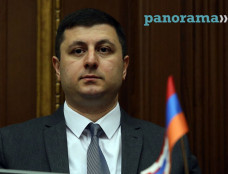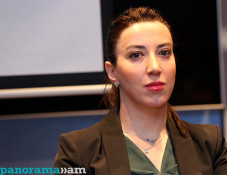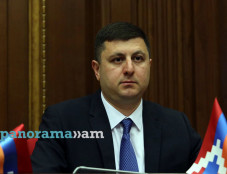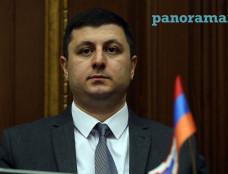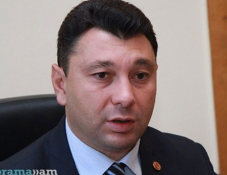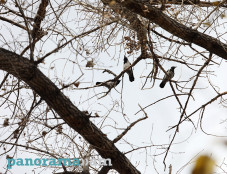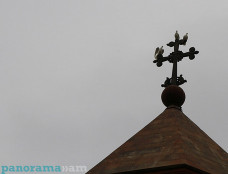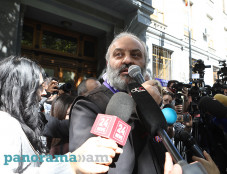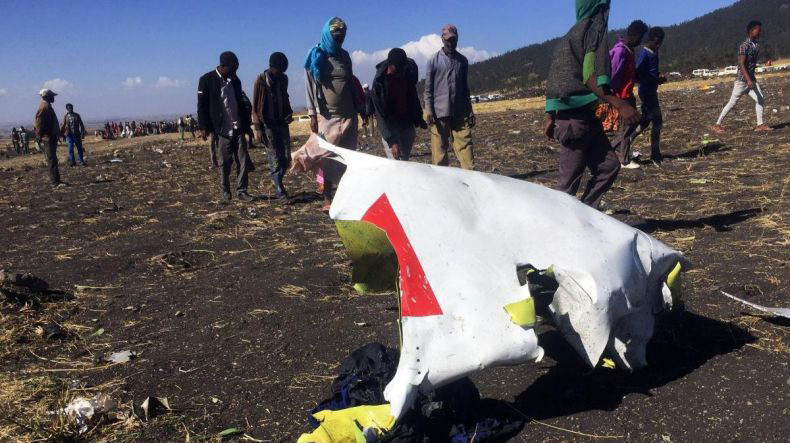
Pilot of crashed Boeing 737 reported difficulties, asked to return soon after take-off
The pilot of a Nairobi-bound Boeing 737 that crashed shortly after take-off from Addis Ababa yesterday had alerted controllers that "he had difficulties" and wanted to turn back, The Straits Times reports, citing the head of Ethiopian Airlines.
In circumstances similar to last year's Lion Air crash in which the pilot also requested to return to the airport soon after take-off, chief executive officer Tewolde GebreMariam told reporters the pilot was given clearance to return to Addis Ababa.
Flight ET302 left Bole airport in Addis Ababa at 8.38am local time (1.38pm Singapore time) before losing contact with the control tower just a few minutes later at 8.44am. The plane crashed near the town of Bishoftu, 62km south-east of Addis Ababa, the airline said.
"There are no survivors," the airline tweeted, alongside a picture of Mr Tewolde holding up a piece of debris inside a large crater at the crash site.
The plane was carrying 149 passengers and eight crew members.
The aircraft model - a Boeing 737 MAX 8 - was the same as that of the Indonesian Lion Air jet that crashed near Jakarta last October minutes after take-off, killing all 189 on board.
Passengers from 33 countries were aboard, Mr Tewolde said. The dead included Kenyan, Ethiopian, American, Canadian, French, Chinese, Egyptian, Swedish, British and Dutch citizens.
The crash came on the eve of a major annual assembly of the United Nations Environment Programme opening in Nairobi.
It was not clear what caused the crash. The new aircraft had no recorded technical problems, and the pilot had an excellent flying record, Mr Tewolde said at a media conference.
"We received the airplane on Nov 15, 2018. It has flown more than 1,200 hours. It had flown from Johannesburg earlier this morning," he said.
The flight had unstable vertical speed after take-off, the flight tracking website Flightradar24 tweeted.
Boeing sent condolences to the families, and said it was ready to help investigate.
This is the second recent crash of the relatively new 737 MAX 8, the latest version of Boeing's workhorse narrow-body jet that first entered service in 2017.
Newsfeed
Videos






